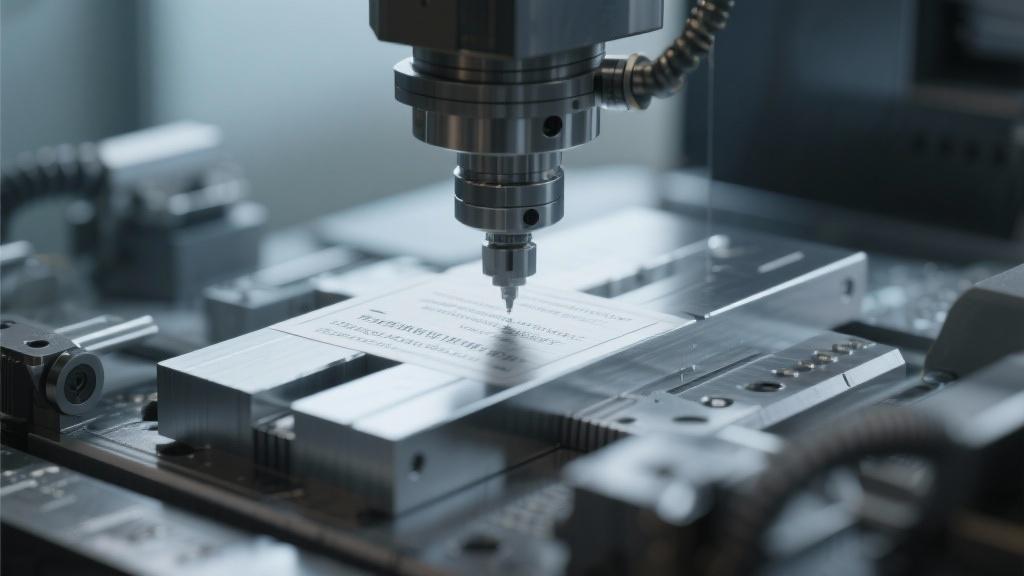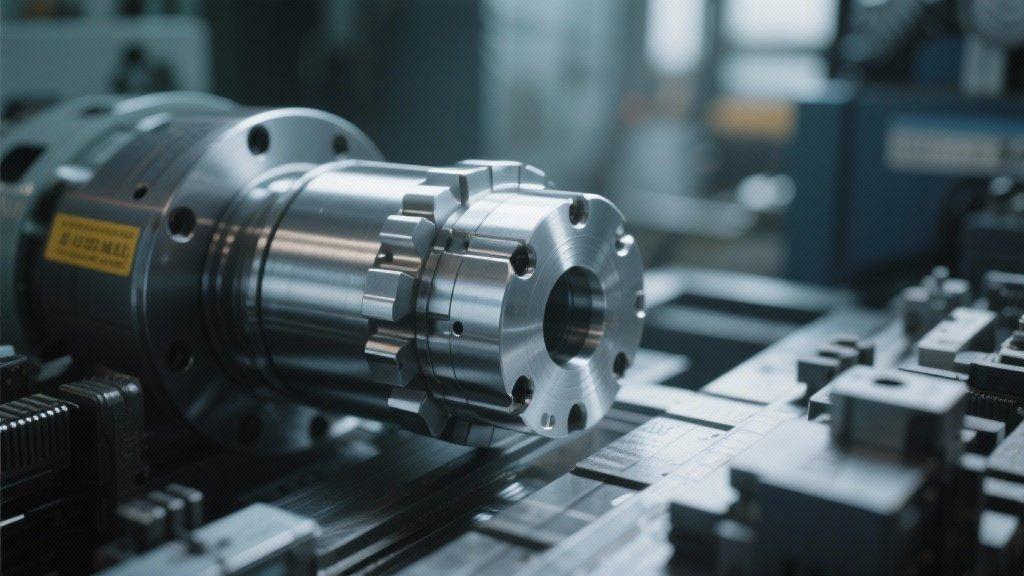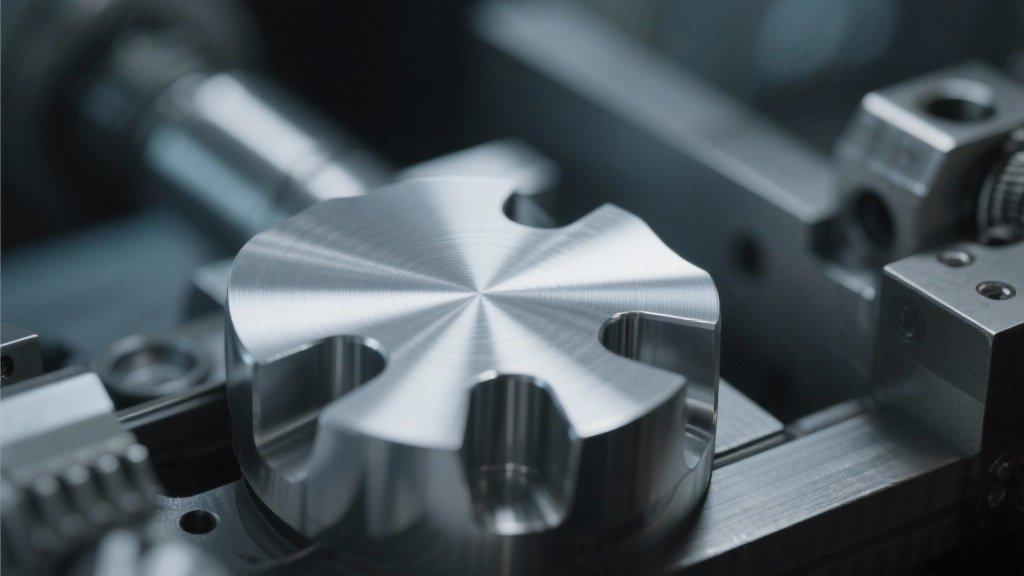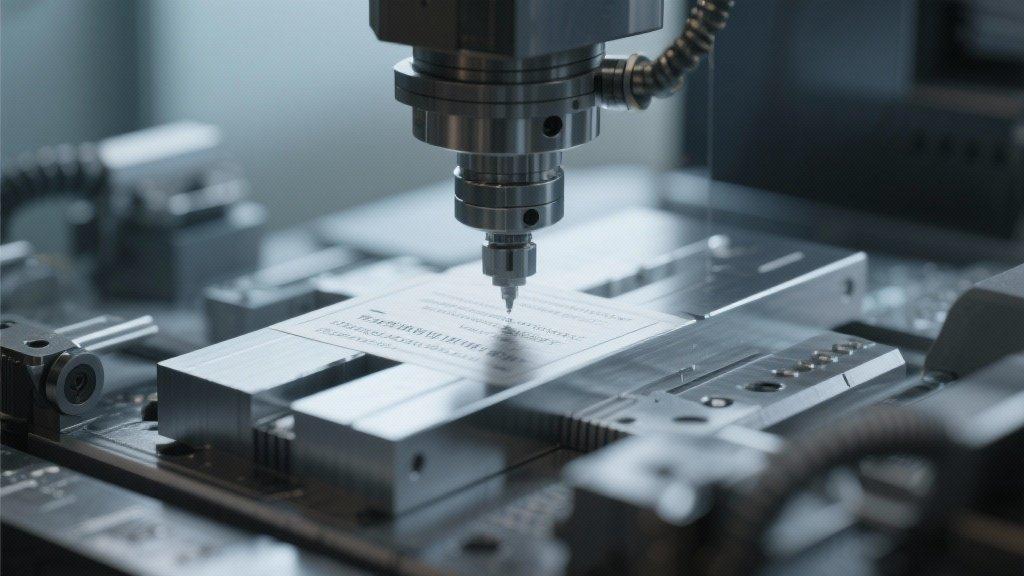We will examine industry benchmarks and guidelines, highlighting the most common tolerance ranges encountered in aluminum machining applications. Additionally, we’ll discuss the implications of these tolerances on cost, lead times, and overall project success. By the end of this article, you will have a clearer understanding of the critical role precision standards play in aluminum machining and how adhering to these guidelines can lead to improved outcomes in your projects. Join us as we navigate the intricate world of machining tolerances, empowering you to make informed decisions and enhance your manufacturing capabilities.
### What precision standards set the typical tolerance range for aluminum machining?
Question: What are the common precision standards in aluminum machining?
Answer: In aluminum machining, precision standards define the permissible variations in dimensions for machined parts. These standards can vary depending on the specific application and industry requirements. In general, the typical tolerance range for aluminum machining is about ±0.005 inches (0.127 mm) for various machining processes. However, some high-precision applications, such as aerospace and medical devices, may require tolerances as tight as ±0.0005 inches (0.0127 mm). Understanding these standards is crucial for professionals to ensure that the machined components meet the required specifications.
Question: How do machining processes affect tolerance levels?
Answer: Different machining processes produce varying levels of accuracy. For instance, processes like CNC milling and turning can achieve tighter tolerances compared to conventional methods. CNC machines utilize computer control, enabling them to repeat precise movements consistently. This capability allows manufacturers to maintain the desired tolerances across multiple parts, ensuring quality and reliability. Additionally, factors such as tool wear, machine calibration, and the type of cutting tools used can also influence the final tolerances achieved in the machining process.
Question: Are there industry-specific standards for tolerances?
Answer: Yes, various industries have established specific standards related to tolerances. Organizations like the American National Standards Institute (ANSI) and the International Organization for Standardization (ISO) set guidelines that assist manufacturers in achieving consistency and quality in their products. For example, ISO 2768 provides general tolerances for linear dimensions and angular dimensions without individual tolerance indications. Adopting industry standards helps ensure compatibility and interoperability of components across different systems and applications.
Question: What role does material selection play in machining tolerances?
Answer: Material selection significantly impacts machining tolerances. Different aluminum alloys exhibit distinct properties concerning machinability, thermal expansion, and strength. For instance, 6061-T6 aluminum is widely used for its excellent machinability and strength, making it suitable for applications that require tighter tolerances. Conversely, other materials may be more difficult to machine, leading to larger tolerance variations. Therefore, understanding material properties is critical for selecting the right aluminum alloy that aligns with the project’s precision requirements.
Question: How can manufacturers ensure compliance with tolerance standards?
Answer: To ensure compliance with tolerance standards, manufacturers can adopt several practices. These include:
By incorporating these practices, manufacturers can improve their ability to meet specified tolerances consistently, ultimately enhancing product quality.
Question: What future trends are emerging in aluminum machining tolerances?
Answer: The future of aluminum machining tolerances is influenced by advancements in technology and increasing demands for precision in various industries. Some emerging trends include:
These trends indicate a shift toward greater efficiency, precision, and adaptability in aluminum machining, catering to industries’ evolving needs.
What are the typical tolerance ranges for aluminum machining?
The typical tolerance range for aluminum machining generally falls around ±0.005 inches (0.127 mm). However, for high-precision applications, such as those in aerospace or medical fields, tolerances can be as tight as ±0.0005 inches (0.0127 mm). Understanding these ranges is essential for matching part requirements to machining capabilities.
Different applications might require specific tolerances, so carefully evaluating the project’s demands is crucial to achieving optimal results.
How do I determine which precision standards to follow?
The choice of precision standards often depends on the industry you’re working in. Standards set by organizations like ANSI and ISO provide guidelines tailored for specific applications. For example, ISO 2768 outlines general tolerances for linear and angular dimensions.

Doubling down on industry benchmarks can ensure your machining processes align with customer expectations and regulatory requirements.
What factors influence the tolerances I can achieve in aluminum machining?
Several factors can influence the tolerances achievable in aluminum machining. These include the machine tool’s precision, the type of cutting tools used, and the machining process itself. CNC machining typically offers tighter tolerances compared to conventional methods.
Apart from equipment, effective management of tool wear and regular maintenance also plays a significant role in maintaining desired tolerances over time.
Can aluminum alloy choice affect machining tolerances?
Yes, the choice of aluminum alloy can significantly impact the achievable machining tolerances. Different alloys have unique properties that affect how easily they can be machined. For instance, 6061-T6 aluminum is favored for its excellent machinability and strength, allowing for tighter tolerances.
The right alloy selection can lead to better surface finishes and reduced machining times while ensuring components meet specified dimensional requirements.
What role does quality control play in achieving tolerances?
Quality control is essential for ensuring that the machined parts meet the specified tolerances. Regular inspections and testing at various stages of the machining process can catch deviations early, helping to maintain consistency. Implementing thorough quality control measures can save time and costs in the long run.
Training operators and using advanced inspection tools also enhance the overall effectiveness of meeting those precise standards.



